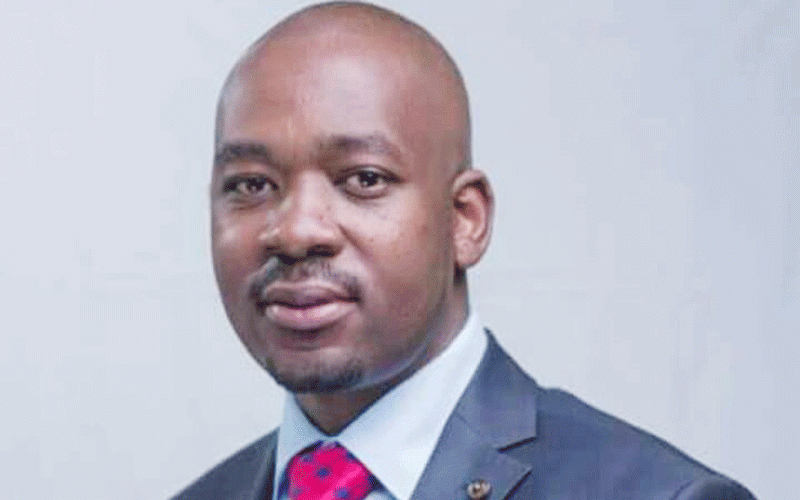
Featherstone Police Station’s backyard is not for the faint-hearted.
JAIROS SAUNYAMA

Accident-damaged vehicles, some blood-stained, can invoke scary images, fear and especially traumatic memories for survivors and relatives of deceased accident victims who perished on the treacherous Harare — Beitbridge highway.
The scrap yard can be seen from the Harare-Masvingo highway and has become a grim reminder of the countless deaths that occur on one of the country’s worst yet busiest roads everyday.
“Most of the road accidents between Harare and Chivhu occur around Featherstone and this could be the reason why we have so much wreckages in the police yard,” said fuel dealer Tinotenda Samuwi, who lives close to the road.
“I live around here and during the night we are used to loud bangs and crashes.
“The reason is that we have two stretches that are dangerous when it comes to head-on collisions.”
At the police station more than 15 accident-damaged vehicles were in the yard with most of them bearing evidence of either a side-swiping or head-on collisions.
- Chamisa under fire over US$120K donation
- Mavhunga puts DeMbare into Chibuku quarterfinals
- Pension funds bet on Cabora Bassa oilfields
- Councils defy govt fire tender directive
Keep Reading
Despite a 24-hour police roadblock, road accidents between Chivhu and Harare are on the increase as the highway’s condition continues to deteriorate.
According to police in Mashonaland East, the accumulation of accident-damaged cars at the police station is a result of vehicle owners who don’t bother to collect the wrecked cars after accidents.
“After an accident, the damaged vehicles are towed to the police station where officials from the Vehicle Inspection Department (VID) do an inspection,” said a police officer, who requested to remain anonymous as he was not cleared to talk to journalists.
“The problem is that some of the owners or relatives of the dead do not turn up to collect the wreckages or vehicles resulting in a pile-up.”
According to the Traffic Safety Council of Zimbabwe, about 90% of road accidents are a result of human error.
Panganai Motsi (47), a truck driver who uses the Harare-Beitbridge highway regularly, attributed the high number of accidents to the bad state of the road.
“This is the worst road I had ever used in my 10-year career as a truck driver,” he said.
“Most of the accidents are a result of side-swiping due to its narrowness.
“The head-on collisions are a result of motorists encroaching into each other’s lanes due to the bad surfaces.”
Following a deadly accident in 2016 that saw more than 30 people burnt to death in a Proliner bus after side-swiping with a haulage truck, the then Robert Mugabe-led administration vowed to start the dualisation of the highway.
Mugabe officiated at a ground-breaking ceremony at Chaka business centre near the accident scene amid high expectations.
The project was to kick-start in October that year but still remains a pipe dream.
Arrive Alive Awareness Campaign director Isaac Tsikai Simbarasi said the government must move fast to rehabilitate the highway.
“We pray that the new leadership will consider rehabilitating the highway to avoid loss of life in road accidents,” he said.
“We have cross-border traders who use that road almost every day using public transport and there is need for safety.”










